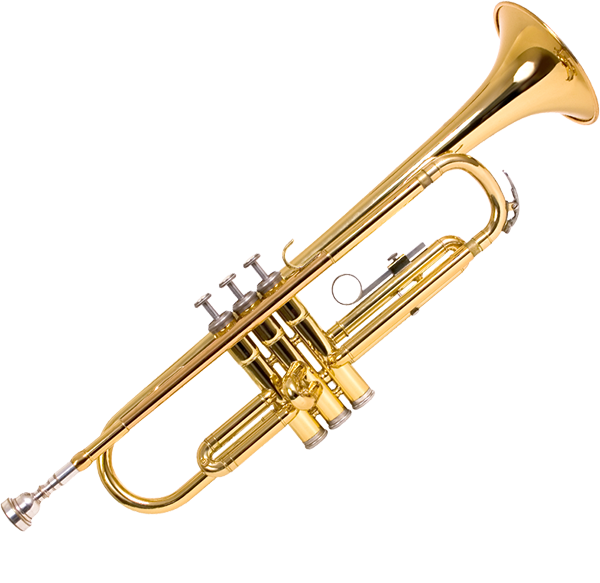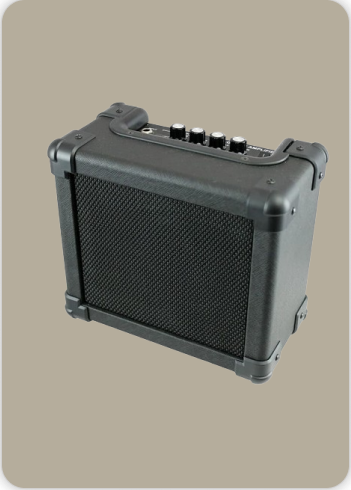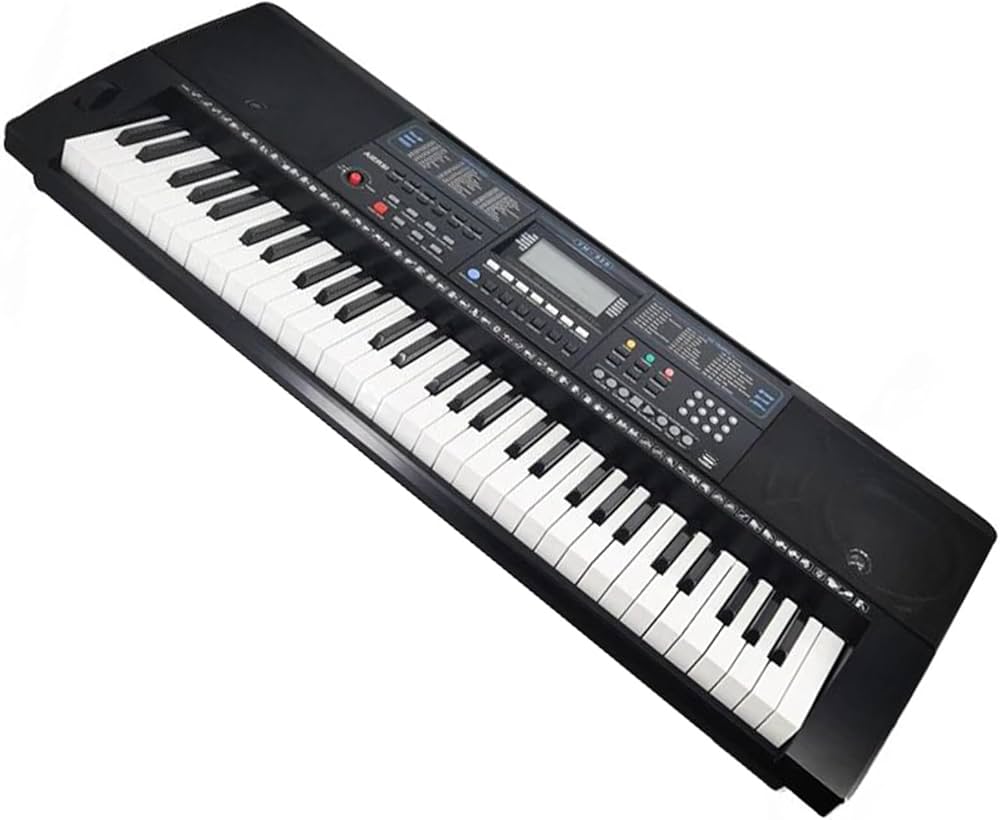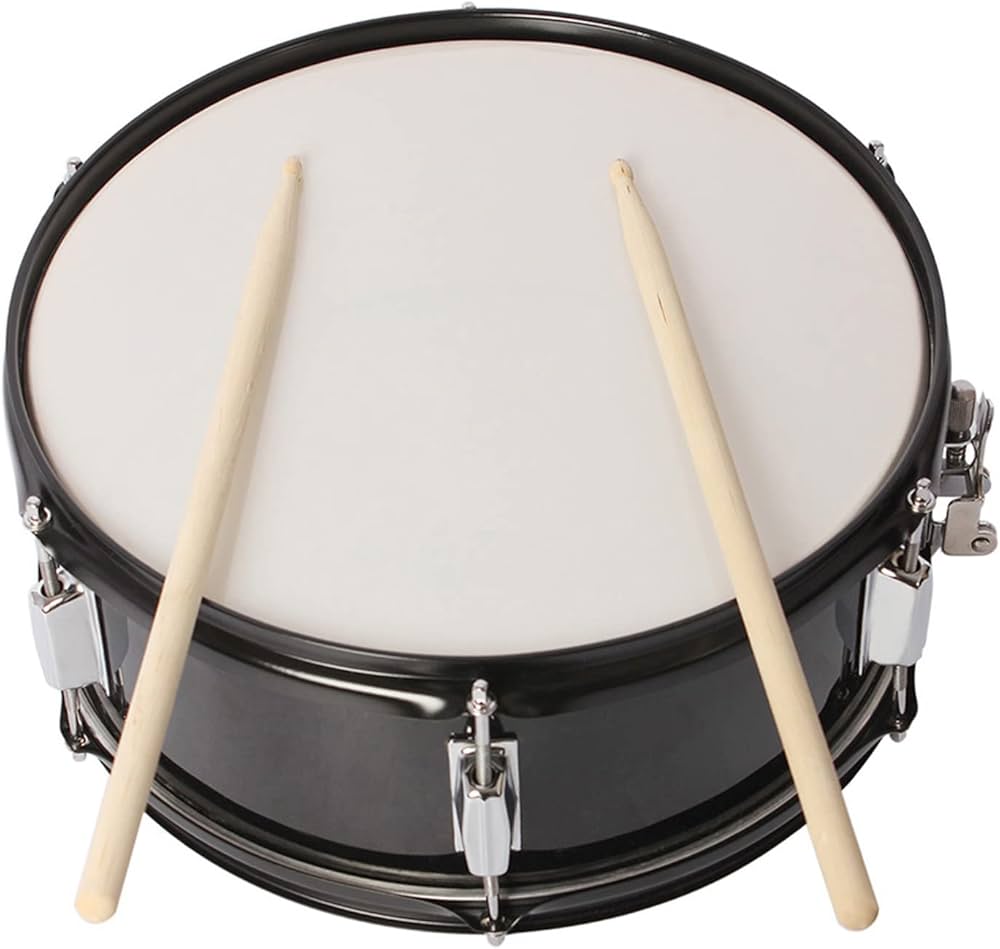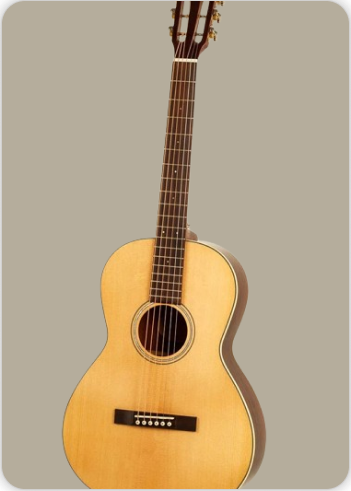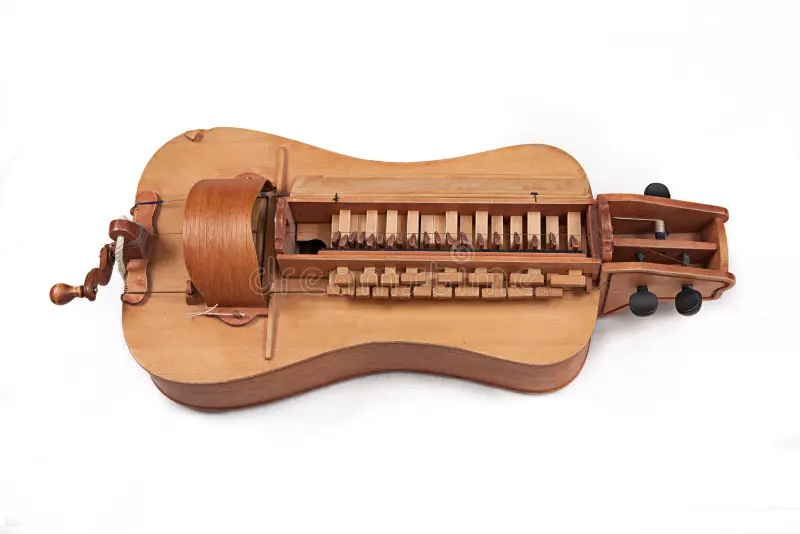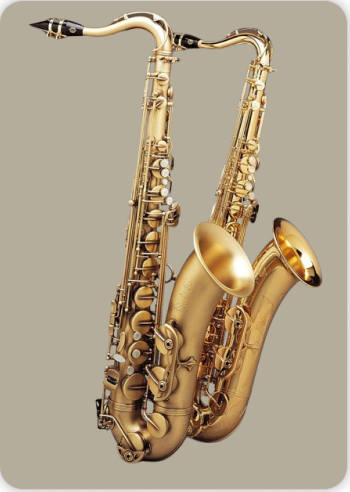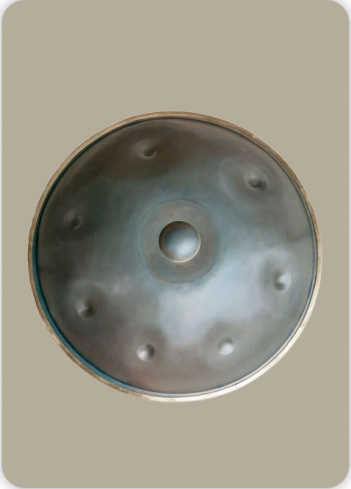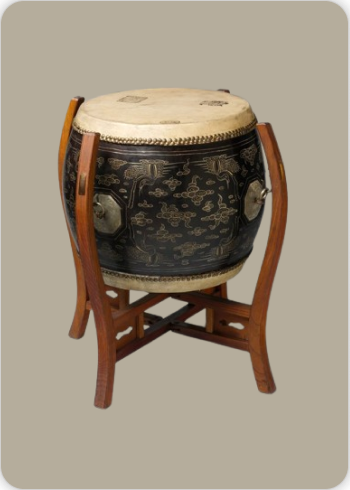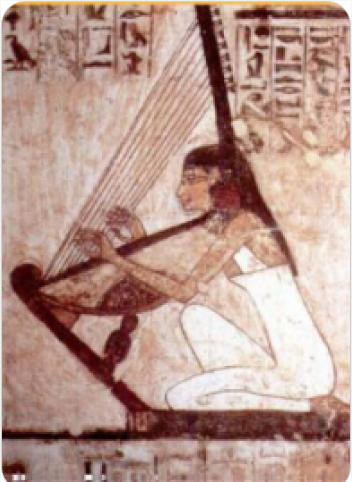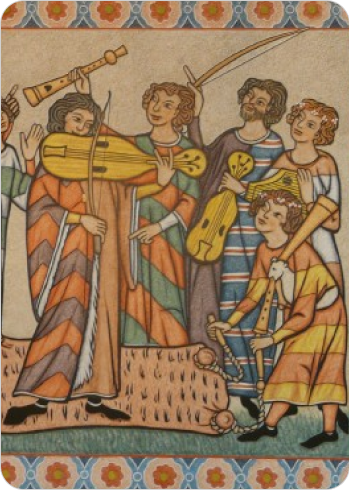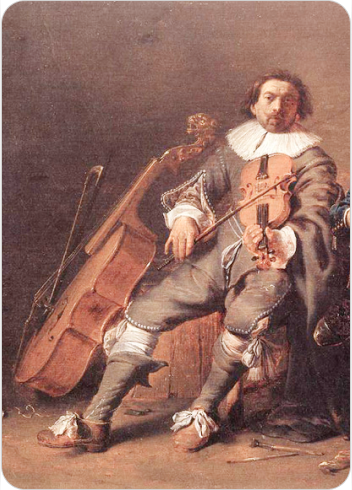Hurdy gurdy
Bowed Instruments
Europe
Between 0 and 1000 AD
Video
The hurdy-gurdy, also known as the Drejelire a captivating and unusual stringed instrument, has intrigued music lovers for centuries with its distinctive drone-like sound and unique playing mechanism. Its origins stretch across several countries, particularly Italy, Spain, and France, where it has played a vital role in both folk and classical music. With a history that spans several centuries, the hurdy-gurdy’s sound has evolved, but its essence remains deeply rooted in the cultural traditions of Europe. From its medieval beginnings to its current form in modern folk and experimental music, the hurdy-gurdy continues to be a beloved instrument with a rich legacy.
History and Origins of the Hurdy-Gurdy
The hurdy-gurdy’s origins are somewhat unclear, but it is generally believed to have emerged in Europe in the early Middle Ages. While Italy, Spain, and France are often associated with the instrument, its creation likely involved cross-cultural exchanges within these regions, particularly in the context of the medieval and Renaissance periods.
Italy (11th–13th Century): The hurdy-gurdy’s earliest forms are thought to have appeared in Italy around the 11th century. Early versions of the instrument were known as the monochord or organistrum, and they featured a mechanical means of producing sound via a rotating wheel that rubbed against the strings. These early instruments were large and required two players: one to turn the wheel and the other to press the keys. They were initially used in church settings to accompany hymns and chants, and their design is believed to have been influenced by the psaltery and organ.
Spain (15th Century): By the 15th century, the hurdy-gurdy had spread to Spain, where it became integrated into the vibrant cultural life of the Iberian Peninsula. During this time, Spain was experiencing a flourishing of music and art due to both Christian and Moorish influences. The hurdy-gurdy was often used in folk music, particularly in regions like Castile and Aragon, where it accompanied dance and song. In Spain, the hurdy-gurdy was popular among itinerant musicians who performed at festivals and celebrations.
France (16th–18th Century): France is perhaps the country most closely associated with the hurdy-gurdy. During the Renaissance and Baroque periods, the instrument became widely popular in French courts and among the common folk. In the 16th century, French musicians refined the instrument’s design, making it smaller and more portable, which allowed it to be used in a wider variety of settings, including both courtly and rural performances. The hurdy-gurdy was incorporated into both classical compositions and traditional French folk music, with the instrument’s distinctive sound becoming a hallmark of the period.
The hurdy-gurdy’s widespread use continued into the Baroque period, where it found its place in orchestras and opera houses, often in accompaniment to dance or vocal performances. However, by the late 18th century, the instrument fell out of favor with the rise of the piano and other more popular instruments. It remained largely in the folk tradition until the 20th century, when there was a resurgence of interest in historical instruments.
Characteristics and Features of the Hurdy-Gurdy
The hurdy-gurdy is an intriguing combination of both string and percussion instruments. Its mechanics are unique compared to other stringed instruments, making it a true hybrid in the world of music.
- Body and Structure: The hurdy-gurdy typically has a wooden body that can vary in shape but is generally narrow and elongated, similar to a lute or small violin. The body houses several strings, typically ranging from 3 to 5, although some modern variants may have more. The top of the body features a soundboard, often with a rosette design, through which the sound is projected.
- The Wheel and Crank: The defining characteristic of the hurdy-gurdy is its crank and wheel mechanism. The wheel, made of wood, is turned by a crank that is manually operated by the musician. The wheel is coated in rosin to ensure friction, and it rubs against the strings to create a continuous drone sound, similar to that of bagpipes. The musician’s ability to control the wheel speed and pressure allows for variations in the sound’s intensity and tone.
- Keys and Melody Strings: The hurdy-gurdy has a set of keys or tangents (small levers) that press against the strings to change their pitch. The musician presses these keys with their left hand to create melodies, while the right hand turns the crank. The melody strings are usually tuned to produce different pitches depending on the notes desired.
- Drone Strings: In addition to the melody strings, the hurdy-gurdy often features one or more drone strings that play continuously while the musician focuses on the melody. These drones provide a constant harmonic backdrop, giving the hurdy-gurdy its signature droning sound. The drone strings are often tuned to produce a sound in a harmonic relationship with the melody strings, creating a rich, layered effect.
- Sound: The sound of the hurdy-gurdy is instantly recognizable for its droning, buzzing quality. The continuous hum of the drone strings combined with the melody creates an almost hypnotic atmosphere. The tone can range from soft and mellow to loud and percussive, depending on the intensity of the wheel’s rotation.
Types of Hurdy-Gurdy
Over the centuries, different versions of the hurdy-gurdy have emerged, reflecting regional styles and uses. The most common types include:
Traditional Folk Hurdy-Gurdy: This version of the hurdy-gurdy is typically used in folk music and has fewer keys, making it a simpler and more accessible instrument for rural musicians. It is often smaller and lighter than the more elaborate versions used in classical music.
Baroque Hurdy-Gurdy: This type of hurdy-gurdy was refined during the Baroque period and often had a more complex setup, with additional melody strings and more keys. It was used in formal compositions, especially for accompaniment in operas and dance music.
Modern Hurdy-Gurdy: The modern version of the hurdy-gurdy retains the traditional crank-and-wheel mechanism but is often built with more durable materials and tuned for a more versatile range of musical genres. It has become a popular instrument among folk musicians and in the early music revival movement.
Hurdy-Gurdy in Music and Compositions
The hurdy-gurdy has a diverse role in music, ranging from folk traditions to classical compositions.
In both Spain and France, the hurdy-gurdy has long been a central part of folk music. In Spain, it was traditionally used in rural celebrations, playing alongside other instruments like tambourines and castanets to accompany dance. In France, particularly in Provence and Brittany, the hurdy-gurdy became a favorite for accompanying traditional dances such as the bourrée, gavotte, and mazurka. The instrument’s continuous drone and melody make it ideal for dance music, giving it an unmistakable rhythmic and harmonic foundation. In the Baroque and Renaissance periods, the hurdy-gurdy was often used in both courtly and operatic music. Composers like Marin Marais, Jean-Baptiste Bréval, and François Couperin incorporated the instrument into their compositions, using its unique sound to enhance the drama and emotional impact of their works. The instrument’s versatility allowed it to accompany both vocal and instrumental music, providing a rich texture to the compositions.
The Significance of the Hurdy-Gurdy
The hurdy-gurdy represents more than just a musical instrument; it symbolizes the historical and cultural heritage of Europe, particularly Italy, Spain, and France. It is a bridge between the past and present, evoking a sense of continuity in the musical traditions of these countries. Its role in both folk and classical music showcases its versatility, and its use in modern performances reflects its continued relevance in today’s music scene.
The hurdy-gurdy’s unique sound offers listeners a chance to connect with centuries of musical history. Its ability to produce a constant drone while allowing for melodic variation embodies the balance between tradition and innovation that has defined European music for centuries. The hurdy-gurdy’s enduring legacy is a testament to its ability to transcend time and place, resonating through the ages with a sound unlike any other instrument.
FAQ
What are the characteristics of the Hurdy-Gurdy?
The Hurdy-Gurdy is a stringed instrument that produces sound through a rotating wheel, which rubs against the strings, similar to a violin bow. It typically has keys that change the pitch of the strings, and it is played by turning a crank while pressing keys. Its sound is rich and resonant, often used in folk music.
What is the origin of the Hurdy-Gurdy?
The Hurdy-Gurdy originated in medieval Europe, with early forms emerging around the 9th century. It was used in regions like Italy, Spain, and France, where it became popular in folk and court music. Its design evolved over time, and by the Renaissance, it became a more refined instrument for both solo and ensemble performances.
What types of Hurdy-Gurdy are there?
There are several types of Hurdy-Gurdy, including the traditional French "vielle à roue" and the Spanish "xirimia." The instruments vary in size and number of strings, and their key systems differ. Some are designed for solo performances, while others are used for accompaniment in folk bands and orchestras.
 Links
Links
References
Other Instrument
Categories

